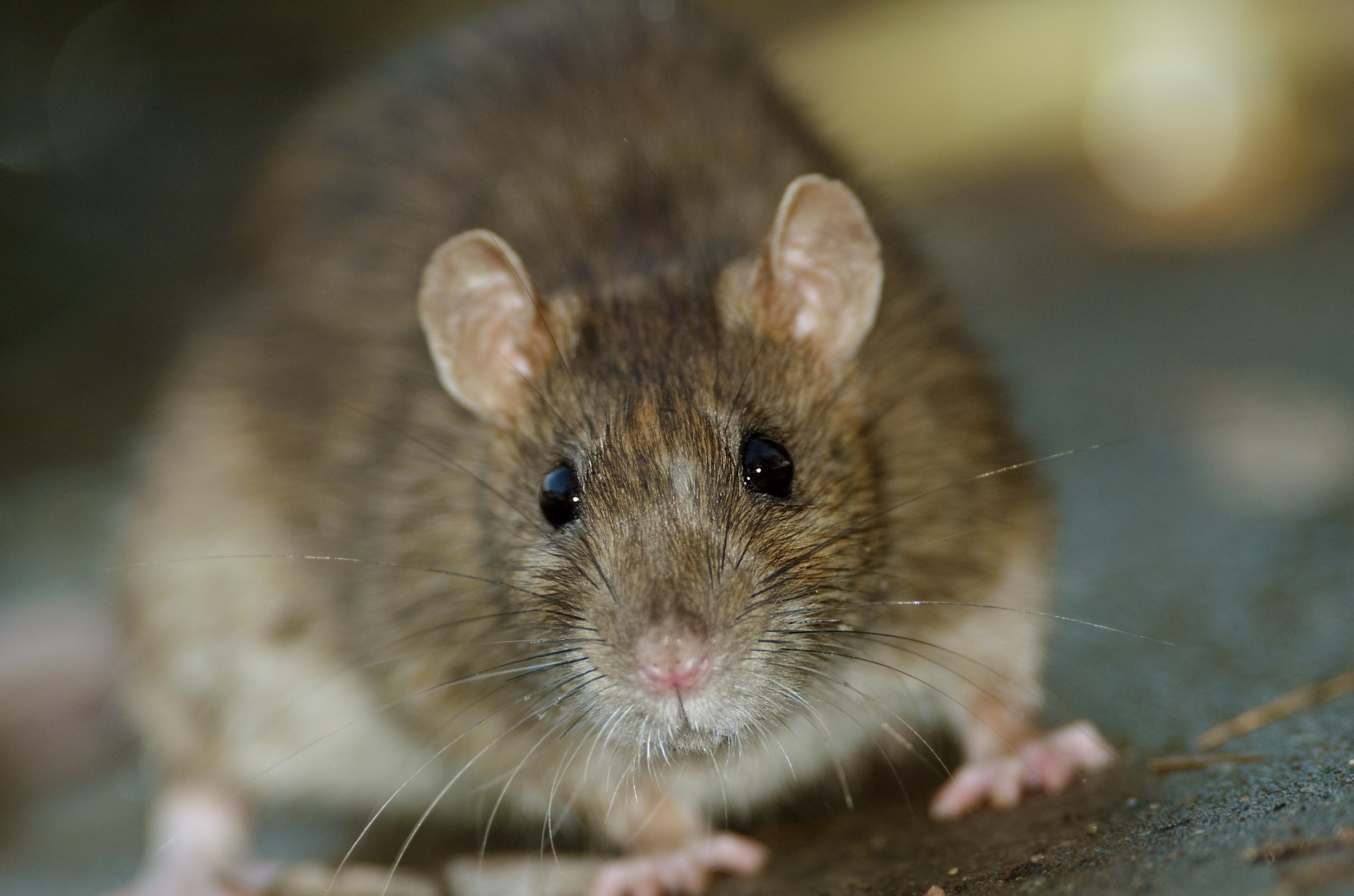
SCOTLAND’S freezing weather hasn’t just brought snow and travel chaos this winter.
It’s also brought a plague of rats into our homes.
Temperatures have plunged as low as -13C meaning rodents are fleeing the cold by sneaking indoors.
Our frosty winter, the worst for five years, means rats are more desperate than ever.
Pest control experts have reported increasing numbers of homeowners and restaurants calling about infestations.
“Rats are generally in burrows outside homes but in this sort of weather there’s an increase in reports from customers and business owners about rats coming into homes and premises,” said Iain Marks, Rentokil area operations manager.
“They’re looking for shelter but they’re also looking for food. Their water supplies have frozen up so they’re looking for something to drink.”
“Keep an eye out for droppings and nibbled cables,” Iain explained.
“Rats are neophobic – they’re scared of new things – so they use the same paths, again and again.
“Eventually you can see grease from their coats rubbing on skirting boards on routes they use.
“In dusty areas you can see their tail swipes on the ground, and look out for shredded packaging of boxes of cereal and similar foods.
“Rats can chew through plastic wheelie bins without too much problem, and not even big metal bins on wheels are safe.
“These have an outflow drain on the bottom which, if it doesn’t have a plug on it, allows rats to get in and find food.”
Scientists have suggested waging genetic warfare on vermin to deal with them humanely and efficiently.
The Roslin Institute, where Dolly the Sheep was cloned in 1996, has suggested releasing genetically-engineered rats to help curb the population.
Professor Bruce Whitelaw say the Crispr technique, a prototype technology which can edit the DNA of animals, could be used on rodents.
Rats could be bred in labs to only produce male offspring. These would then be released, meaning fewer females, so fewer rats overall. For the first time we have the makings of technology that could reduce or eliminate a pest population in a humane and species-specific manner,” said Professor Whitelaw.
“Crispr is a fantastic tool for us to pull apart the function of genes and how the animal or plant functions. It’s time to explore what this technology can do.”
In Glasgow, residents of Finnieston, one of the city’s trendiest neighbourhoods, have been enduring an upsurge in displaced vermin.
Pest control experts say it’s down to a combination of the cold winter and building work beginning to demolish the derelict former Western Infirmary.
“It’s not so much the derelict buildings that the rats are in but the burrows underneath. Excavation work will cause them to move into nearby areas looking for food and shelter, added Iain.
“Road works particularly can disturb rat burrows and cause them to flee into people’s homes.”
Natasha’s Story
I’ve lived in some pretty rough places but it wasn’t until I bought my dream home that I found myself flat-sharing with rats.
It began one night late last year when I was drifting off to sleep.
Suddenly, I was wide awake, I had heard a faint but unmistakable scratching noise from my bedroom ceiling.
I would have tried to blame my neighbours, but I live on the top floor, so didn’t have that option.
Then, just when I’d managed to convince myself my imagination was playing tricks on me, I heard it again – the unmistakable sound of a creature, scampering, right above me. Unless, it was a spider on steroids, it had to be rat.
The following week, while at work, I received a less-than-gushing message from my boyfriend.
We’d had pasta for dinner the night before and he’d left some in the pan, but it had vanished.
“You knew that was my lunch,” he huffily texted. “I can’t believe you ate it.”
I hadn’t eaten it.
In a panic, I contacted my factor and they said they’d check it out.
The timing was terrible, though – it was the week before Christmas and they were about to close the office for a fortnight, so nobody came.
I turned over my flat, frantically searching for any cracks or holes that an unwanted furry visitor could squeeze through.
I disinfected every surface.
Drawers were emptied, cupboards upturned, but there were no obvious signs of hairy visitors.
We left poison out and it lay untouched.
Meanwhile, the noises got louder and more frequent.
I heard them scrabbling behind my living room walls and clawing beneath the floorboards.
It sounded like they were trying to gnaw their way into my home.
I was constantly on high alert, muting the TV the second I heard them and jolting awake in the middle of the night with the fear they’d chomp through the ceiling and land on my head.
One time I was hanging up washing and my boyfriend kissed me on the shoulder, only for me to scream and leap out his way, mistaking him for an amorous rat.
As the clock struck midnight on Hogmanay, we heard a spoon clatter in the kitchen – courtesy of one of our unwelcome guests – and decided enough was enough. It was time to get some
old-school rat traps.
We set them under the kitchen sink, baited with peanut butter. The next night we heard a loud snap – we’d caught a huge rat. The next day we caught another.
Finally, we found where they’d been coming from.
There was a small gap in the flooring behind my washing machine which we covered with a tile.
That might have stopped them entering my home, but they’re still scurrying between the walls of the building and driving me demented.
Pest control eventually examined the loft, but couldn’t find signs of the rats nesting there.
I live in Finnieston in Glasgow and they say the demolition of the Western Infirmary is forcing the rats to relocate.
I really don’t care where they go – as long as it’s not inside my walls.
They’re still trying to figure out where they’re coming from and they may have to cut holes in the walls of my just-decorated home.
That’s bad enough but even when you can’t hear them, you feel them.
And they’re still there.

Enjoy the convenience of having The Sunday Post delivered as a digital ePaper straight to your smartphone, tablet or computer.
Subscribe for only £5.49 a month and enjoy all the benefits of the printed paper as a digital replica.
Subscribe